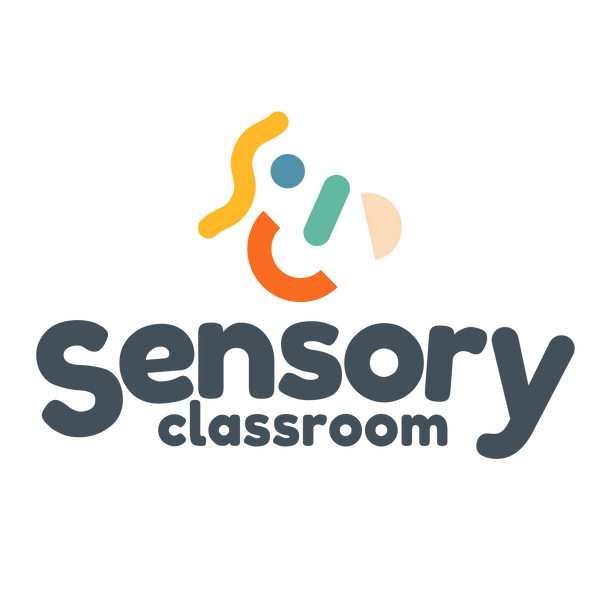Why Engagement, Not Compliance, Is the Key to Progress
If you work in a SEND classroom or support a neurodivergent child at home, chances are you’ve seen it: the student who sits still, follows instructions, completes the task… and yet you’re left wondering — did they actually learn anything?
The uncomfortable truth? Compliance doesn’t always equal engagement.
In fact, for learners with complex needs, compliance can sometimes mask low levels of true understanding or interest. So if we want real progress — genuine, meaningful learning — we need to flip the script. Engagement is what really matters.
What Is Engagement, Really?
Engagement isn’t just “paying attention.” It’s a multi-dimensional, emotional, sensory, and cognitive connection to learning. Research suggests that it’s the single best predictor of successful learning for children with physical and multiple learning disabilities (PMLD).
When a student is engaged, you might see:
- Curiosity sparked by a new material
- Persistent focus on a task, even if it’s hard
- Initiation of communication or exploration
- A “light bulb” moment — discovery and joy
Engagement is not always loud. It’s not always visible at first glance. For our students, it can look like the tiniest movement, a flicker of recognition, a pause that means “I’m thinking.”
And it’s incredibly individual — that’s why we need tools that help us notice and honour this.
Why Standard Assessment Misses the Mark
Standard learning assessments often focus on outcomes: Did they finish the puzzle? Can they answer the question? Did they sit through circle time?
But what if the child sat passively for the group story session… and then later on mimicked a movement or phrase from the story later that afternoon? What if they engaged outside the formal teaching moment?
For learners with PMLD or high support need levels of autism or similar, especially those with sensory or communication differences, these moments are the progress. But without a system for tracking them, they can be missed entirely.
A Tool for Meaningful Learning Paths
That’s where the Engagement Profile & Scale comes in. Instead of focusing on task completion, it helps educators and carers reflect on how a child is engaging, using seven key indicators:
- Awareness
- Curiosity
- Investigation
- Discovery
- Anticipation
- Persistence
- Initiation
By tracking these over time, you begin to see patterns: what sparks joy? What supports persistence? What environments encourage initiation?
You’re no longer planning activities just to “fill the time” or "to match mainstream topics"— you’re designing learning experiences around what works for children in your care.
Try This in Your Setting
Here’s a quick way to try engagement-focused assessment this week:
- Choose a favourite sensory story or familiar activity (I have my own sensory stories specifically design to support engagement, and sensory story training to support enabling the most productive and engagement lead sessions for your learners)
- Observe one learner closely — no other agenda
- Ask yourself: What tiny signs of curiosity or persistence do I notice?
- Record these informally — what works, what doesn’t
- Repeat the same activity and assessment over a few weeks to start spotting a trend
Want to go deeper?
👉 The Engagement Profile Assessment Tool includes printable observation sheets, definitions of each engagement area, and a ready-made digital Excel tracker. It's designed for use across a term or school year — for classrooms, 1:1 sessions, or home education.
By focusing on how a student learns (not just what they do), we unlock far more meaningful outcomes.
Let’s stop chasing neat worksheets and start celebrating real learning.
Tap the image below to get started.


